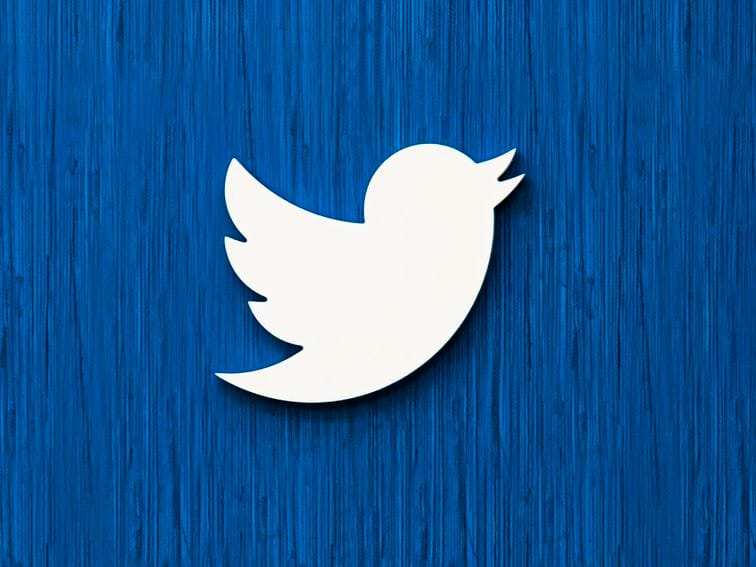[responsivevoice_button rate=”1″ pitch=”1.2″ volume=”0.8″ voice=”US English Female” buttontext=”Story in Audio”]
Twitter’s Dorsey addresses massive hack as revenue slumps, users soar

Twitter reported its second-quarter earnings on Thursday before the market opened.
James Martin/CNET
Twitter CEO Jack Dorsey on Thursday tried to quell security concerns about the social network after hackers hijacked the accounts of high-profile politicians, celebrities and businesses to peddle a cryptocurrency scam.
“We moved quickly to address what happened, and have taken additional steps to improve resiliency against targeted social engineering attempts, implemented numerous safeguards to improve the security of our internal systems, and are working with law enforcement,” Dorsey said in a statement. “We understand our responsibilities and are committed to earning the trust of all of our stakeholders with our every action, including how we address this security issue.”
Dorsey’s remarks came as the company reported its second-quarter earnings. That period was the first full quarter in which economies worldwide were upended by coronavirus lockdowns and business closures.
During the three months that ended June 30, Twitter took in $683 million in revenue, below the $707.5 million analysts surveyed by Thomson Reuters expected and down 19% year over year. Twitter lost 16 cents per share, below the loss of 0 cents per share Wall Street anticipated. Including some expenses, such as stock-based compensation, Twitter lost $1.56 cents per share, well below expectations of a loss of 16 cents per share.
Advertising, which accounts for the bulk of Twitter’s revenue, brought in $562 million during the quarter, down about 23% year over year. Twitter said it was seeing a moderate recovery in ad spending during the last three weeks of the quarter.
completed our ad server rebuild and are making progress accelerating our performance ads roadmap. With a larger audience and progress in ads, we are even better positioned to deliver for advertisers when the live events and product launches that bring many people and advertisers to Twitter return toour lives
But the company also reported 186 million daily active users — those who could see ads — during the second quarter, up 34% from the same period last year. (Some people also view tweets, including ones embedded in news articles, without logging into the site.) Twitter had 166 million daily active monetizable users in the first quarter.
In premarket trading, Twitter’s shares rose around 6% to $2.25.
Two weeks after the close of the quarter, Twitter suffered a serious hack. Former President Barack Obama, Democratic presidential candidate Joe Biden and Microsoft founder Bill Gates were some of the prominent Twitter users whose accounts were taken over by hackers. Celebrities including Kanye West, Wiz Khalifa and Kim Kardashian West were also targeted in the attack.
Hackers had “manipulated a small number of employees and used their credentials” to access internal systems and bypass security protections on the accounts, such as two-factor authentication, Twitter said. Hackers targeted 130 accounts but they were only able to log into 45 accounts after resetting passwords. The hackers downloaded data that may have included direct messages from up to eight accounts. None of those accounts were verified meaning they weren’t owned by prominent politicians and celebrities. Other information may have been accessed on hijacked accounts. An investigation is ongoing.
Security problems and financial performance aren’t the only issues Twitter faces. During the second quarter, the company started rolling out new labels to combat coronavirus misinformation and voter suppression. The labels, though, have only been used in a few cases so it hasn’t fully curbed the spread of false information.
Unlike its rival Facebook, Twitter has slapped labels on President Donald Trump’s tweets for spreading misinformation about mail-in ballots or glorifying violence against protesters among other reasons.
Still, misinformation and conspiracy theories continue to spread on the platform. Twitter, which relies on automated technology, has also mislabeled accurate tweets about a health-related conspiracy theory concerning 5G and coronavirus.
Meanwhile, the company has been testing new features on the site, including setting that let users choose who can reply to their tweets and giving users the ability to tweet audio of their voice.




























